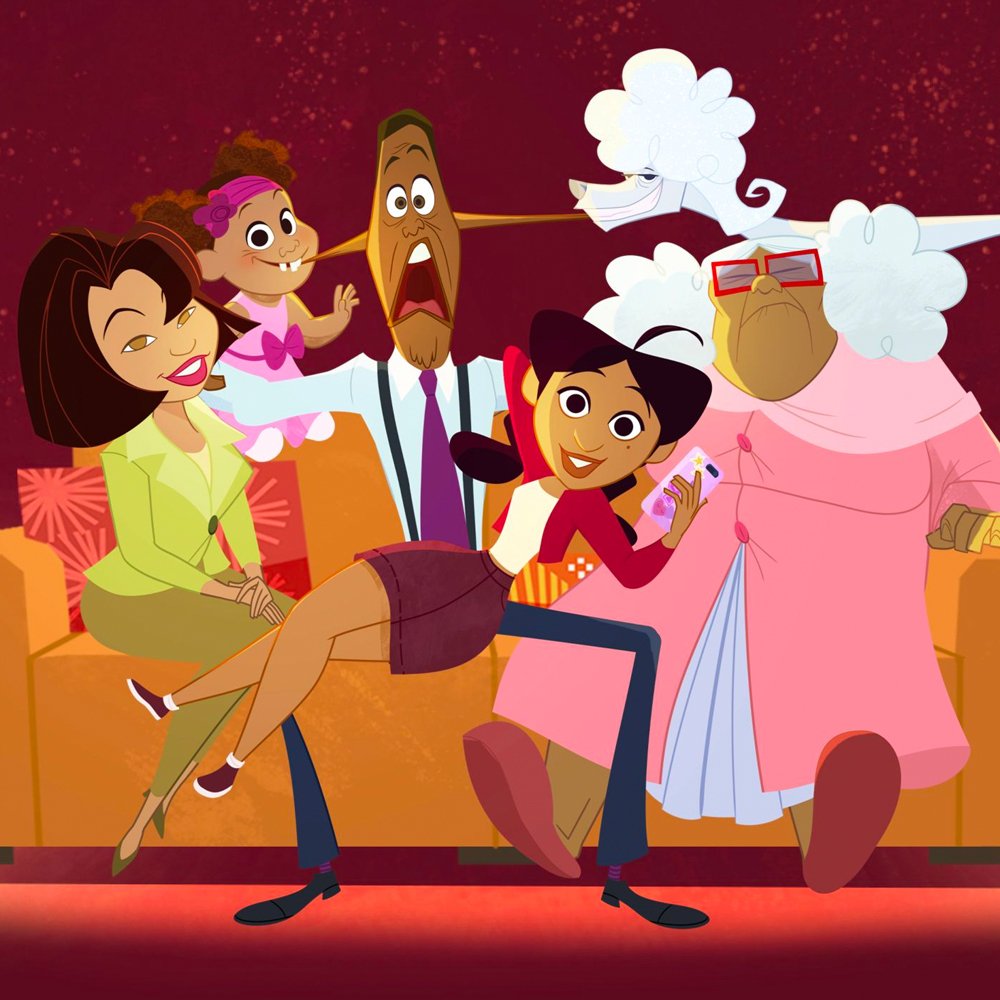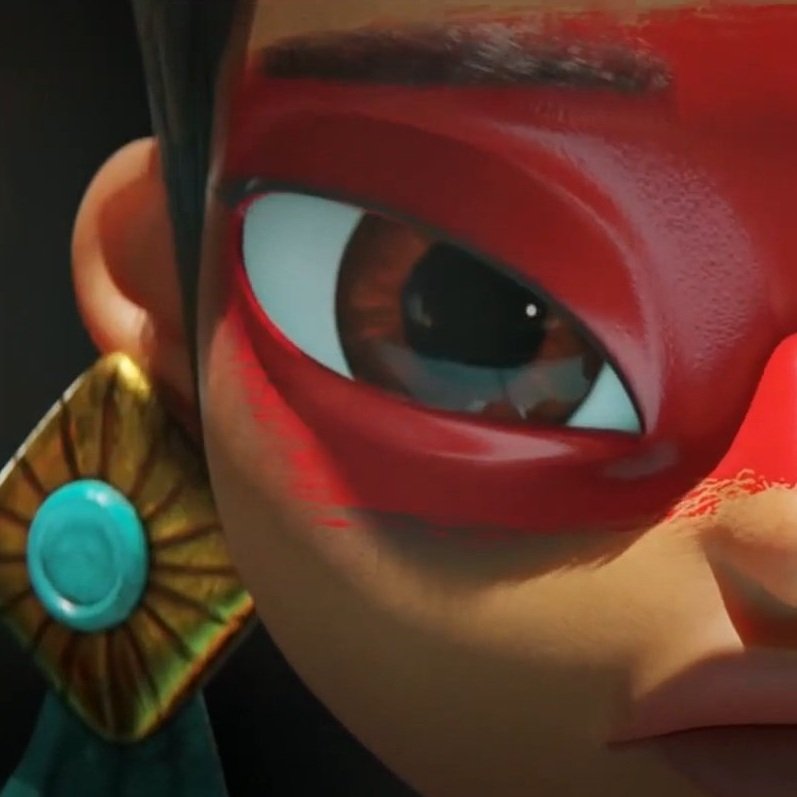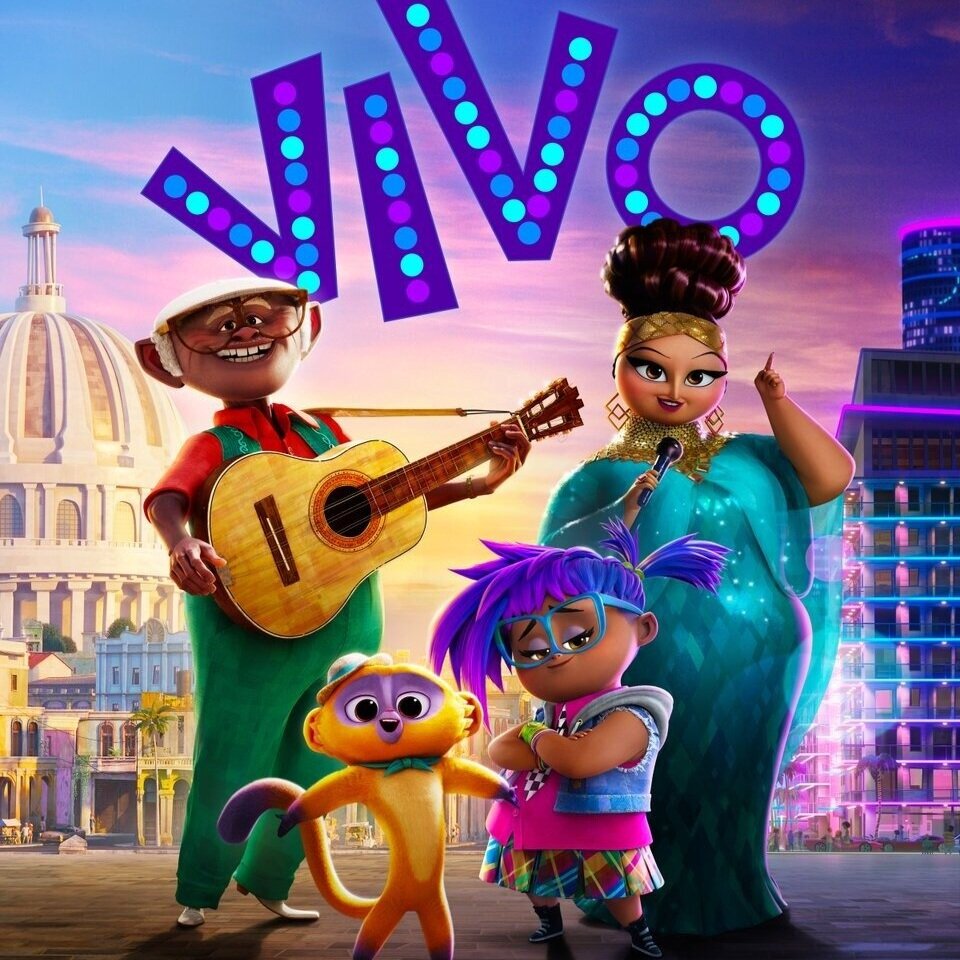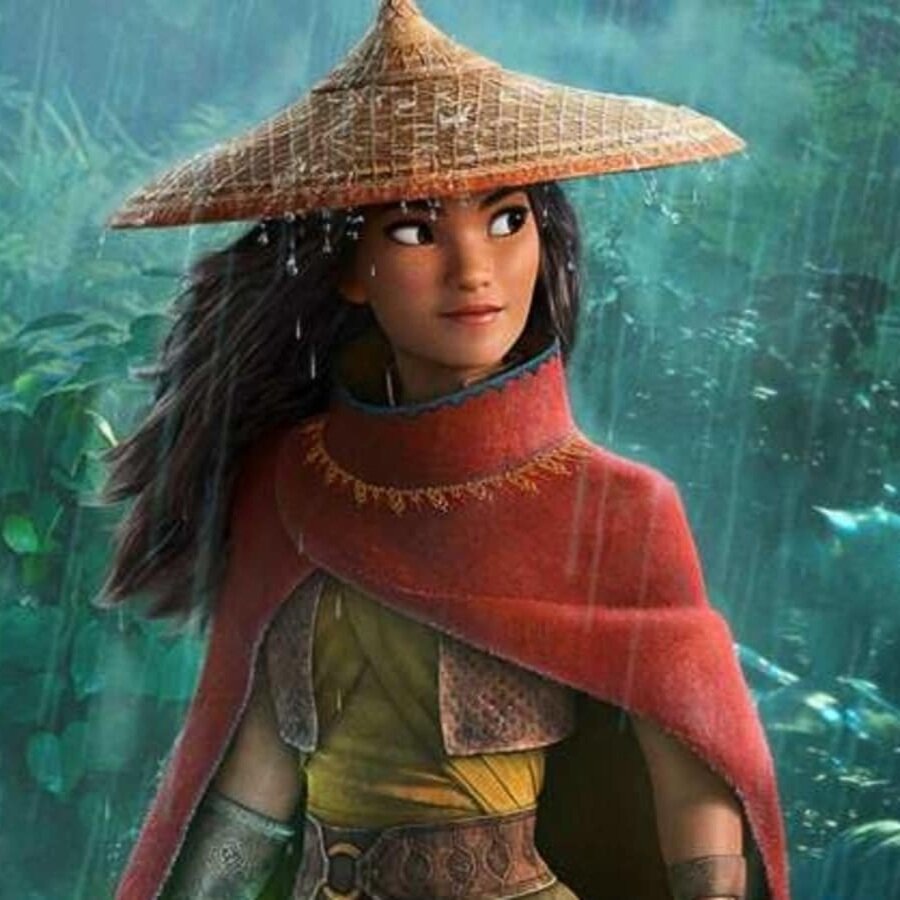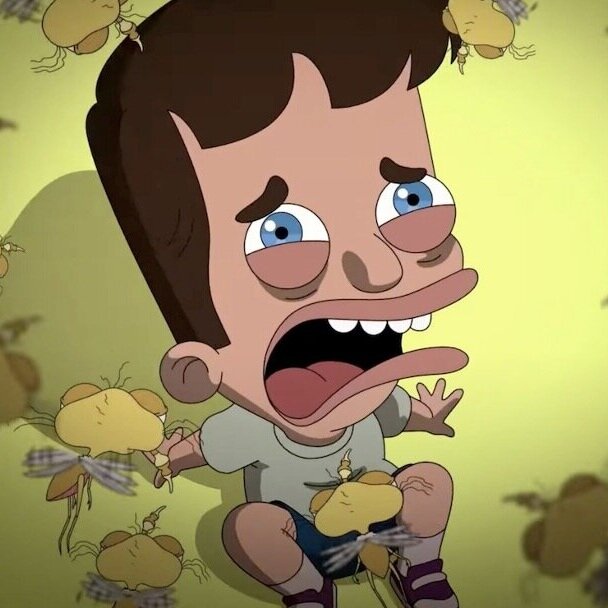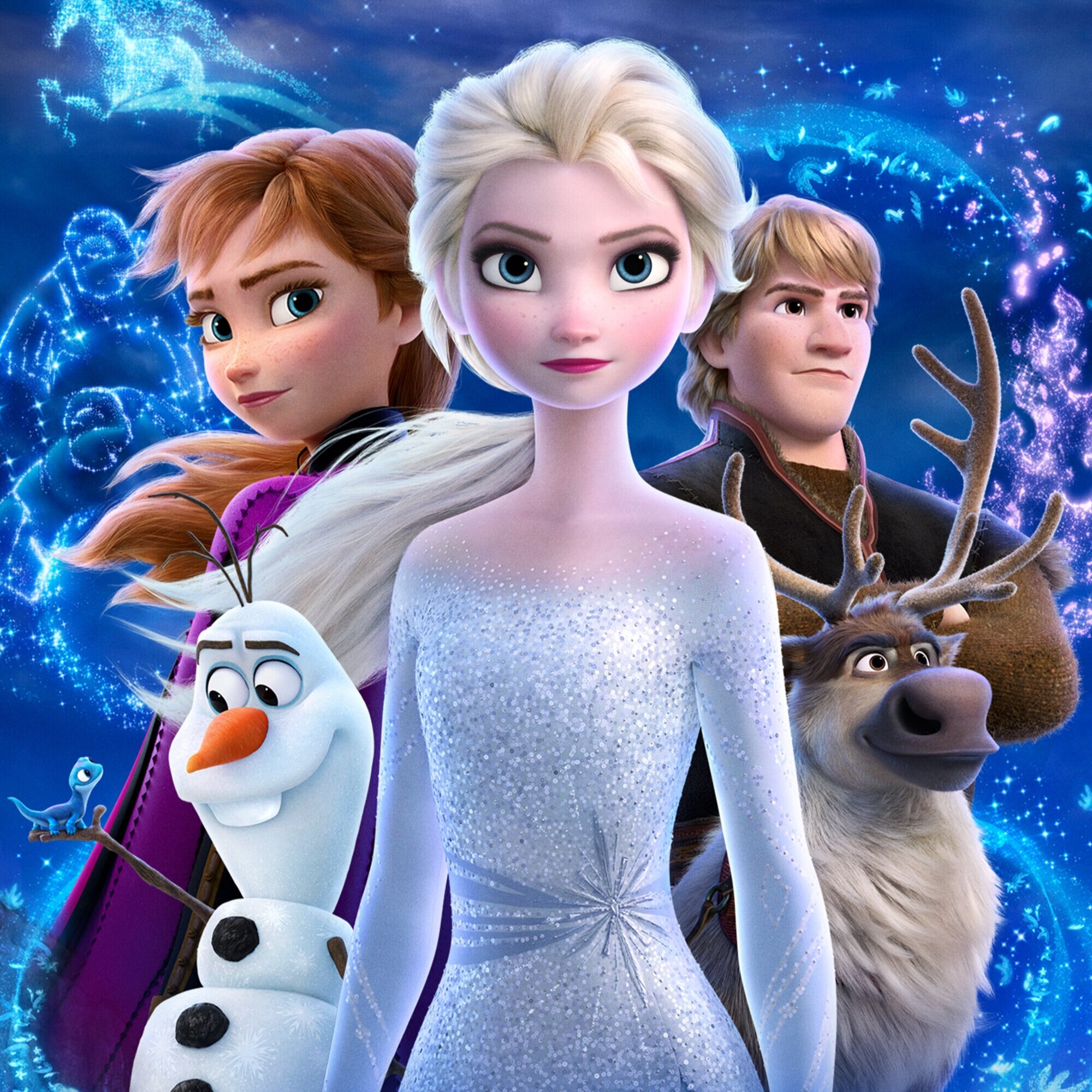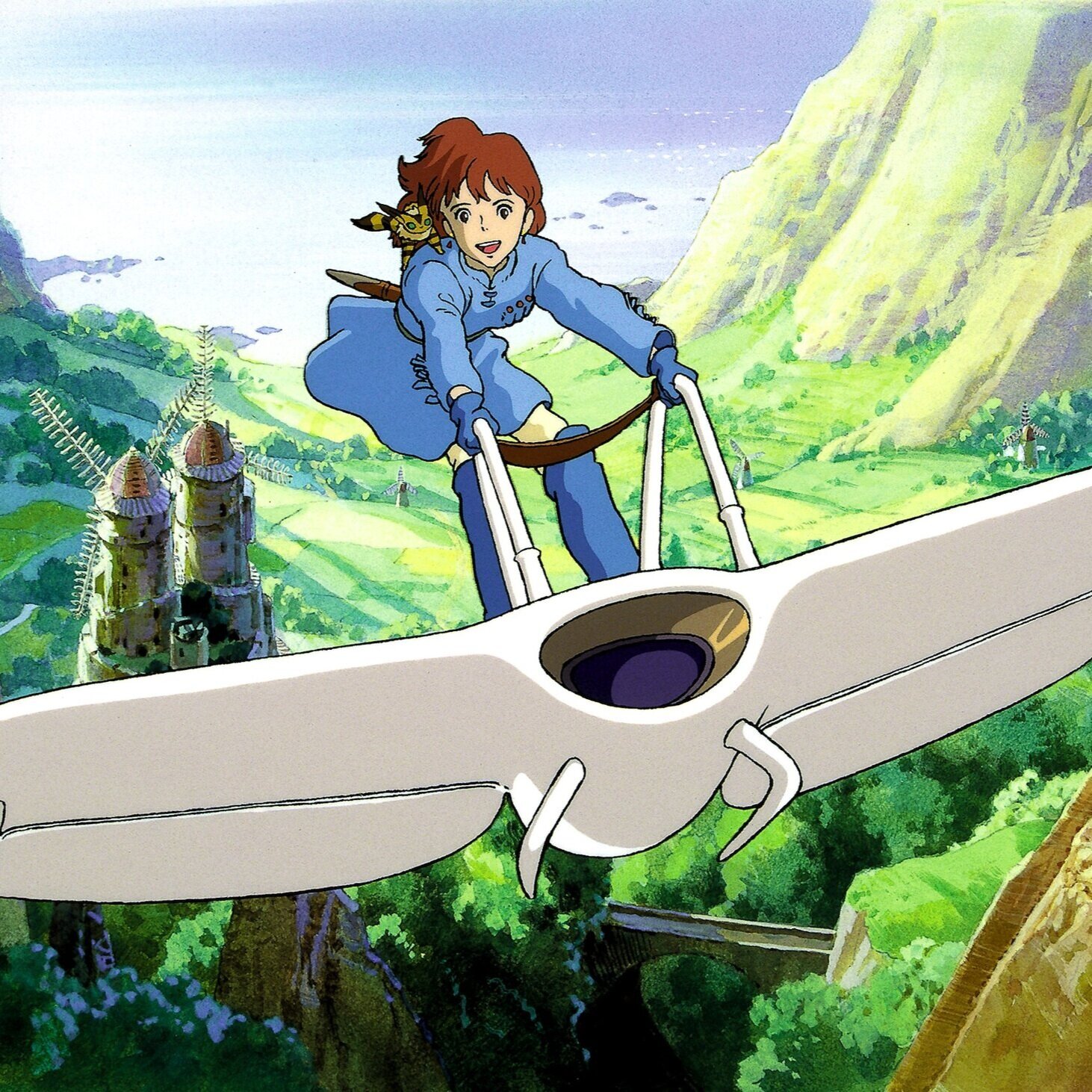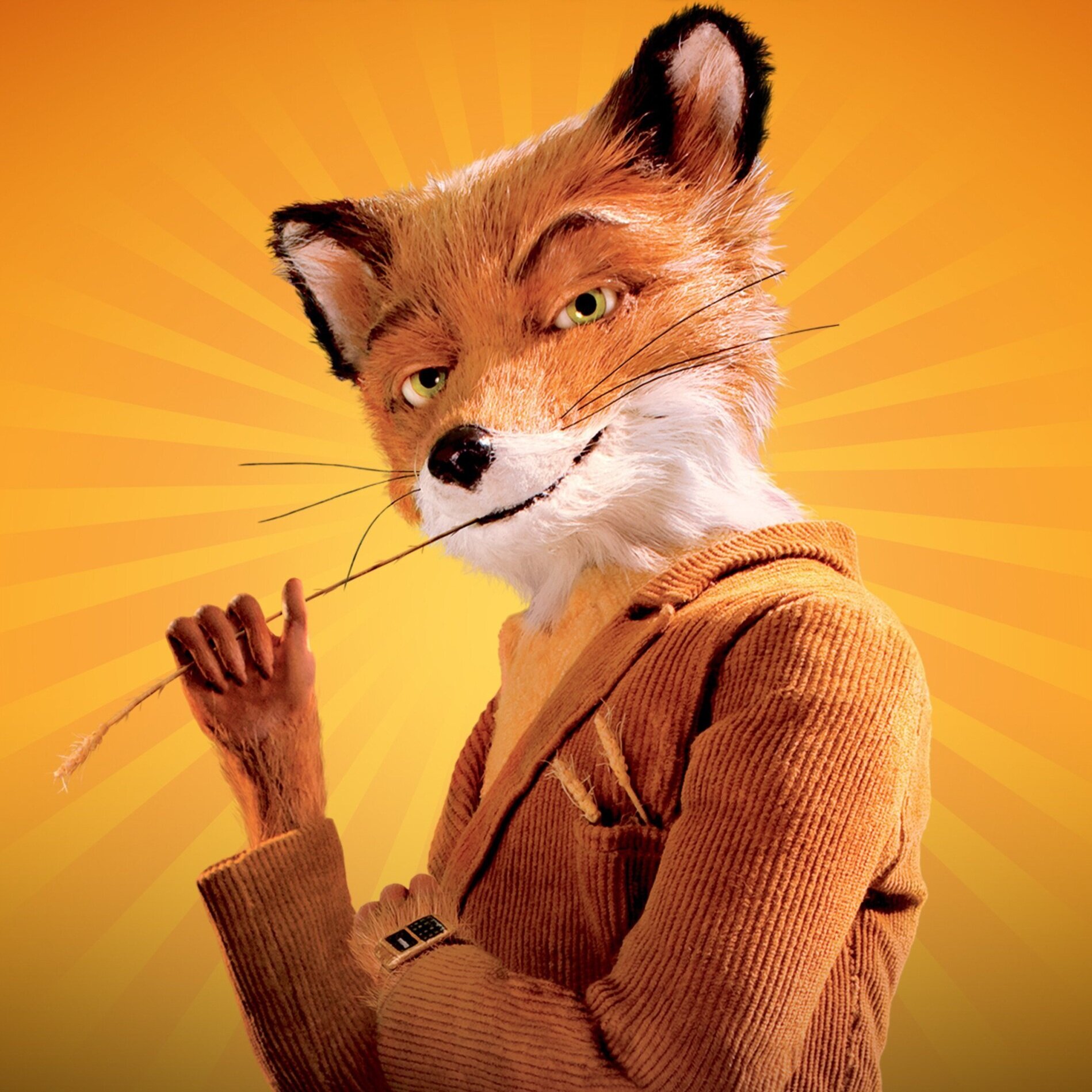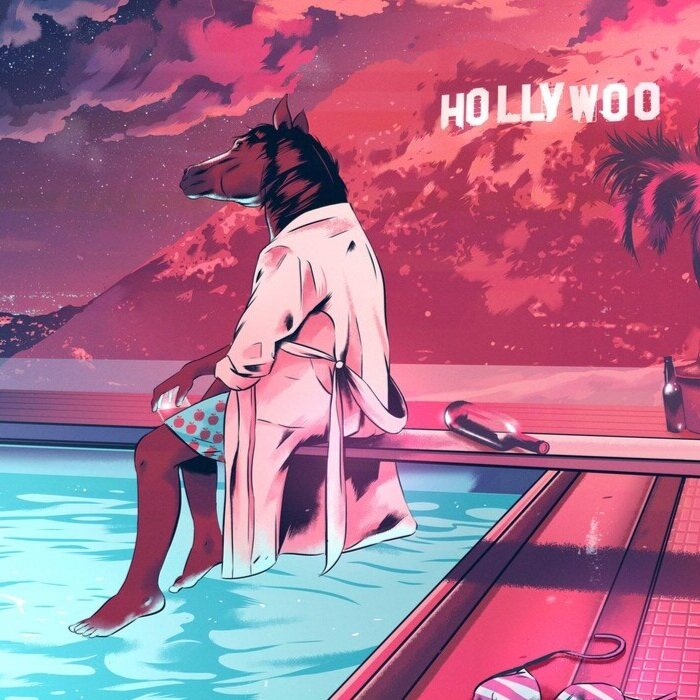Review: Only Yesterday
Only Yesterday was originally released in 1991, but was just recently dubbed into English and is receiving a belated theatrical release in the United States. It is a testament to the sturdiness of Ghibli’s style that even though the film is twenty-five years old, it still feels bold and daring. Watching Only Yesterday in a theater feels more like seeing the first in a promising new wave of films than seeing the re-release of an old classic. Sadly, though, this could quite possibly be the last time to see a Ghibli film playing for the first time in American theaters.
It should be noted that the English dub of Only Yesterday is terrible. There is a jarring disconnect between the meticulous animation and the amateurish voice acting. While the full-screen presentation of Ghibli’s hand-drawn animation is predictably stunning, Only Yesterday might still be better watched at home with subtitles. The inadequate voice acting is particularly disappointing given how well-dubbed so many of Ghibli’s films have been. The Wind Rises, Ponyo, and The Secret World of Arrietty, the three most recent Ghibli dubs produced by Disney, all have had excellent voice acting well-timed to the animation. The English voice acting provided by GKIDS for Only Yesterday is severely lacking. The characters sound awkward and stilted; the range of accents is seemingly incidental and surprisingly distracting; and, like the hastily produced dubs of foreign-B movies, the lines of dialogue don’t even match the movement of the characters’ mouths.
The film is fairly cohesive for essentially being two films interwoven into one another. The flashbacks to Taeko’s childhood often stretch far past any immediately obvious connection to the film’s ostensible plot, and, like many Ghibli films, evince a strong fascination with being a child in 1960s Japan. There’s an elegance, though, in the film’s unhurriedness, and a clear thoughtfulness in its construction. The film demonstrates a detailed interest in 1980s farming in Japan and the cultivation of safflower. The soundtrack, which heavily features Eastern European folk songs, is unexpected, but effective in its evocation of an idealized agricultural life. The film’s earnest explanations of the purpose and practice of organic farming, however, feel dated now, and could never have been terribly compelling.Only Yesterday’s everyday realism and casual avoidance of frantic pacing feel so new, in part, unfortunately, because so few animated films have followed suit.
Only Yesterday is leisurely, but in the charming way of the childhood reminiscences and trips to the country that the film is about. The film cleverly uses different animation styles for Taeko's trip to Yamagata and her remembrances of her childhood. The film’s use of jump cuts to still images is generally innovative and well-used, though occasionally misplaced, especially in a confusing sequence where two characters touch fingertips and a stylized image of Michelangelo’s The Creation of Adam briefly flashes on the screen.
While it isn’t quite a masterpiece like Isao Takahata's first film with Ghibli, Grave of the Fireflies, or his last, The Tale of Princess Kaguya, Only Yesterday is sincere and thoughtful, with a deep understanding and compassion for its characters that few films have, and it is well worth the time of watching.




